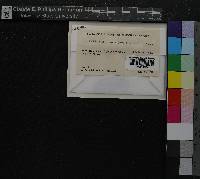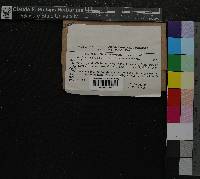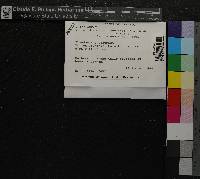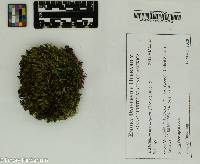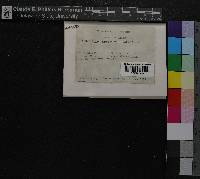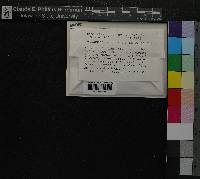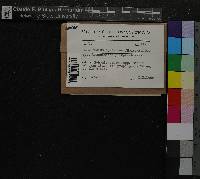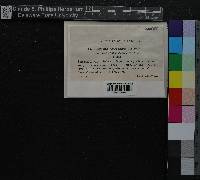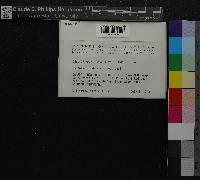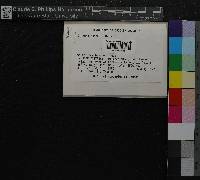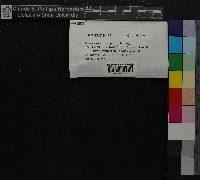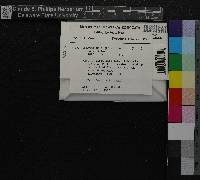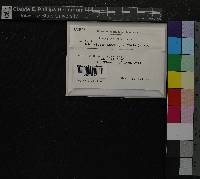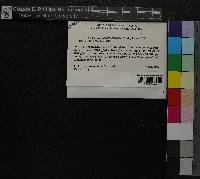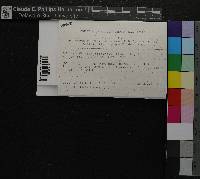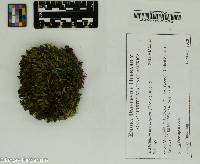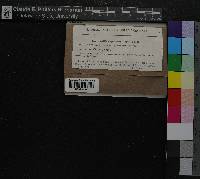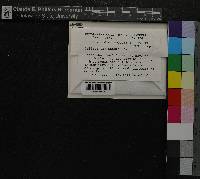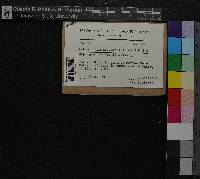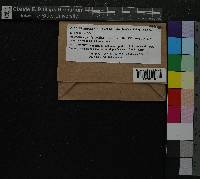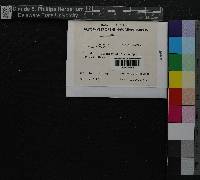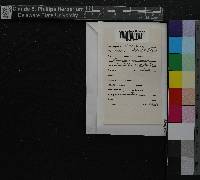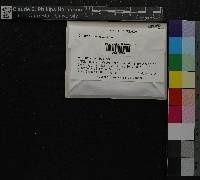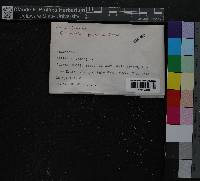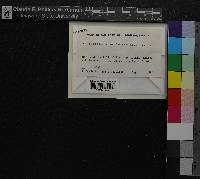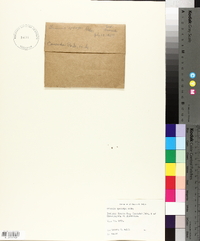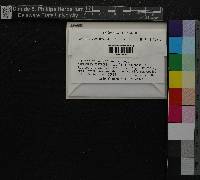Schistidium apocarpum
|
Schistidium apocarpum
 (redirected from: Schistidium gracile (Web. & Mohr ex Nees et al.) Schleich. ex Limpr.) (redirected from: Schistidium gracile (Web. & Mohr ex Nees et al.) Schleich. ex Limpr.) |
|
|
Family: Grimmiaceae
[Grimmia alpicola var. dupretii (Thér.) Crum, moreGrimmia apocarpa , Grimmia apocarpa subsp. alpicola (Hedw.) C. Hartm., Grimmia apocarpa var. ambigua (Sull.) G. Jones in Grout, Grimmia apocarpa var. apocarpa Hedw., Grimmia apocarpa var. atrofusca (Schimp.) Husn., Grimmia apocarpa var. brunnescens (Limpr.) Mönk., Grimmia apocarpa var. conferta (Funck) Spreng., Grimmia apocarpa var. dupretii (Thér.) Sayre, Grimmia apocarpa var. gracilis Web. & Mohr ex Nees et al., Grimmia apocarpa var. nigrescens Mol., Grimmia apocarpa var. obscuroviridis Crum, Grimmia apocarpa var. stricta (Turn.) Hook. & Tayl., Grimmia apocarpa var. tenerrima Nees & Hornsch. in Nees et al., Grimmia atricha C. Müll. & Kindb. in Mac. & Kindb., Grimmia coloradensis Aust., Grimmia dupretii Thér., Grimmia gracilis (Web. & Mohr ex Nees et al.) Schleich. ex Limpr., Grimmia stricta Turn., Schistidium alpicola var. dupretii (Thér.) Crum, Schistidium ambiguum Sull., Schistidium apocarpum var. ambiguum (Sull.) G. Jones in Grout, Schistidium apocarpum var. atrofuscum (Schimp.) C. Jens. ex Weim., Schistidium apocarpum var. brunnescens (Limpr.) Herz., Schistidium apocarpum var. confertum (Funck) Möll., Schistidium apocarpum var. dupretii (Thér.) Wijk & Marg., Schistidium apocarpum var. gracile (Web. & Mohr ex Nees et al.) Bruch & Schimp. in B.S.G., Schistidium apocarpum var. nigrescens (Mol.) Loeske, Schistidium apocarpum var. strictum (Turn.) Moore, Schistidium brunnescens Limpr., Schistidium gracile (Web. & Mohr ex Nees et al.) Schleich. ex Limpr.] |
Plants in open tufts or mats, olivaceous to brownish (black), sometimes with yellowish tones. Stems 1.2-12 cm, central strand weak or absent. Leaves erect or curved, rarely (falcate-) secund when dry, ovate-lanceolate, sharply keeled distally, (1.3-)1.7-2.5(-3.2) mm, 1-stratose or rarely 2-stratose in striae distally; margins usually recurved throughout or to just before the apex, usually denticulate distally, 1 or 2-stratose; apices acute or sub-obtuse; costa percurrent or excurrent as a smooth or weakly denticulate, occasionally decurrent awn, abaxial surface often papillose; basal marginal cells usually quadrate; distal laminal cells mostly short-rectangular, 8-10 µm wide, smooth, sinuose. Sexual condition autoicous. Capsule dark red or brown, short-cylindric, 0.7-1.3 mm; exothecial cells usually quadrate, sometimes mixed with short-elongate or oblate cells, thin-walled, usually trigonous; stomata present; peristome patent or erect, often twisted, 350-600(-700) µm, red, densely papillose, usually perforated. Spores 11-14(-19) µm, granulose or smooth. Capsules mature late spring to early summer. Rocks in somewhat shaded habitats; low to moderate elevations (0-1500 m); Greenland; Alta., B.C., N.B., Nfld. and Labr. (Nfld.), N.S., Ont., Que.; Alaska, Mich., N.Y., Vt., Wash., Wis.; Eurasia. Although H. H. Blom (1996) considered Schistidium apocarpum to be restricted in the flora area to the eastern portions of North America, it is more widespread and scattered across the continent. The denticulate leaf margins, papillose abaxial costal surface, short-cylindrical capsules, and the thin-walled, often evenly quadrate exothecial cells are distinguishing characters. The long peristome teeth are also useful in identifying S. apocarpum. In good condition the peristome can only be confused with that of S. trichodon, which differs in the darker, often black color of its plants, the peristome teeth often forming a dome, and the cylindrical capsules that retain the columella.
|


